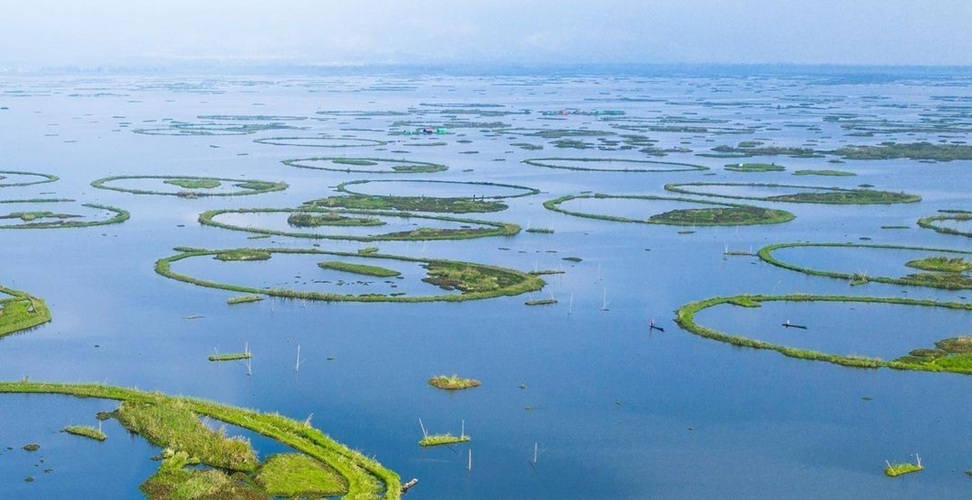Expanding agriculture, human settlements and shifting cultivation around Manipur’s Loktak Lake are severely affecting the quality of water flowing into the state’s most important freshwater ecosystem, a new study by Nagaland University has revealed.
The research warns that unregulated land-use changes in the lake’s catchment area are accelerating ecological degradation, threatening both biodiversity and the livelihoods of communities that depend on the lake.
Loktak, a designated Ramsar Site, supports over 130 plant and 400 animal species, apart from sustaining hydropower generation, fisheries and tourism.
Once celebrated as the “lifeline of Manipur,” Loktak has been under growing stress for decades. It is already on the Montreux Record — a global list highlighting wetlands facing severe ecological threats — due to rising pollution, sedimentation and a sharp decline in fish populations.
The study, published in the International Journal of Environment and Pollution, examined the effects of land-use activities on the nine major rivers that drain into Loktak, including the Nambul, Khuga, Imphal, Thoubal and Iril rivers.
Researchers analysed field samples along with Land Use Land Cover (LULC) data to understand how different types of human activity — such as farming, settlements, degraded forests and Jhum (shifting) cultivation — were linked to changes in key water quality parameters like dissolved oxygen and biological oxygen demand.
“The findings clearly show that agricultural runoff, household waste, and shifting cultivation are directly reducing water quality in rivers connected to Loktak Lake,” said Nagaland University Vice-Chancellor Prof. Jagadish K. Patnaik.
He noted that the Nambul and Khuga rivers recorded the highest pollution levels due to extensive land-use disturbances.
The Nambul River, which passes through areas with nearly half of the land used for agriculture and over 10 per cent occupied by human settlements, was found to be the most contaminated.
Despite having larger forest cover, the Khuga River ranked second in terms of poor water quality — largely because of widespread shifting cultivation practices in its basin.
ALSO READ: CEC clarifies Assam’s exclusion from SIR; says separate directive to be issued
By contrast, rivers such as Thoubal and Iril, which flow through dense forest landscapes, displayed significantly better water quality — underscoring the ecological value of natural vegetation.
Lead researcher Dr. Eliza Khwairakpam from the Department of Environmental Science said the study highlights how land management decisions made upstream directly influence water quality downstream.
“Community-based land regulation, sustainable agriculture and controlled Jhum cycles will be essential for protecting Loktak Lake and the endangered Sangai deer habitat within the Keibul Lamjao National Park,” she said.
The study was conducted with support from the Manipur Forest Department and the Manipur Pollution Control Board, which provided mapping data and field assistance.















